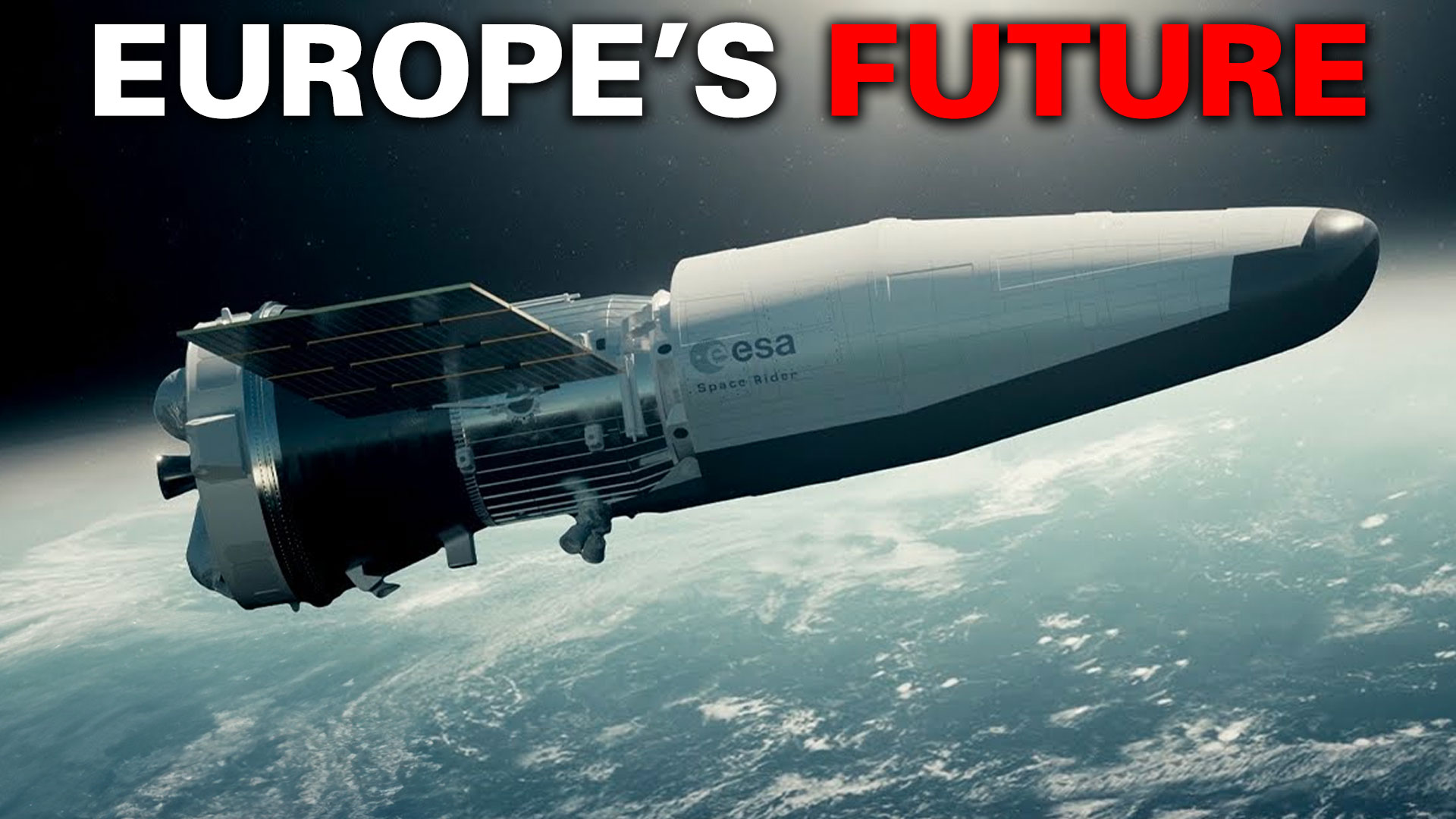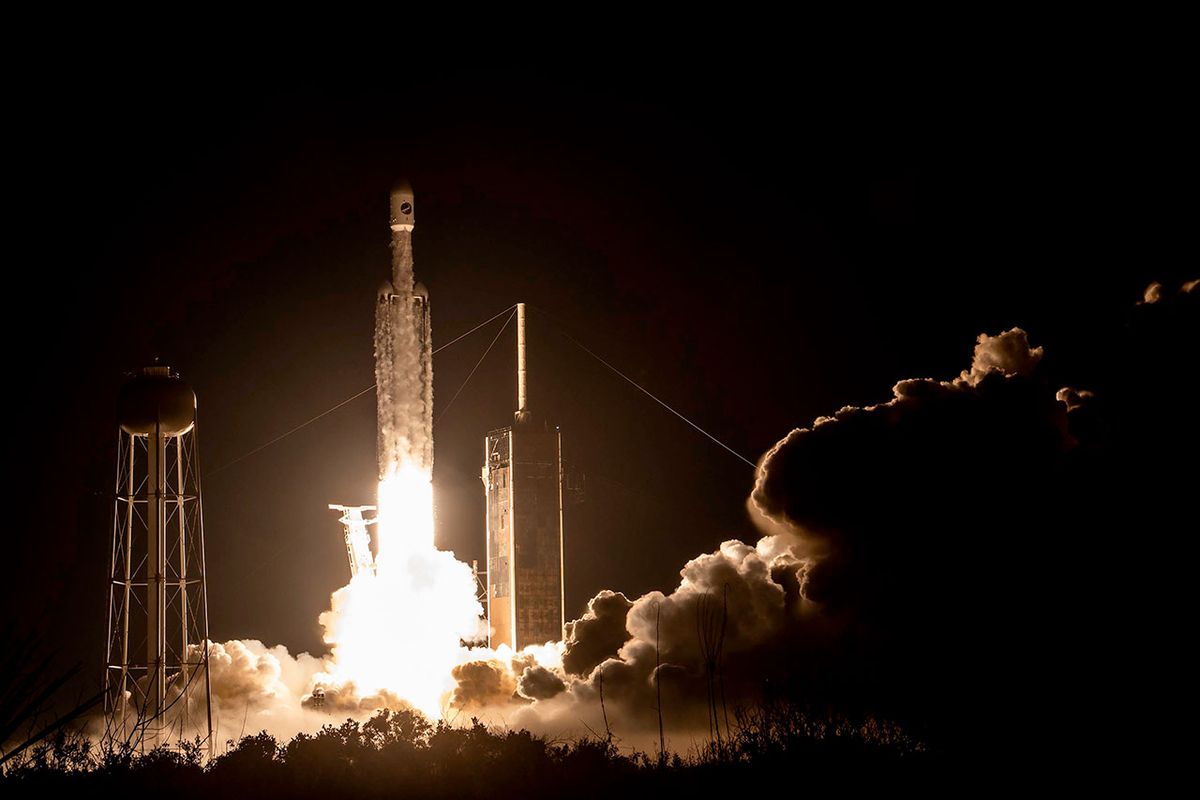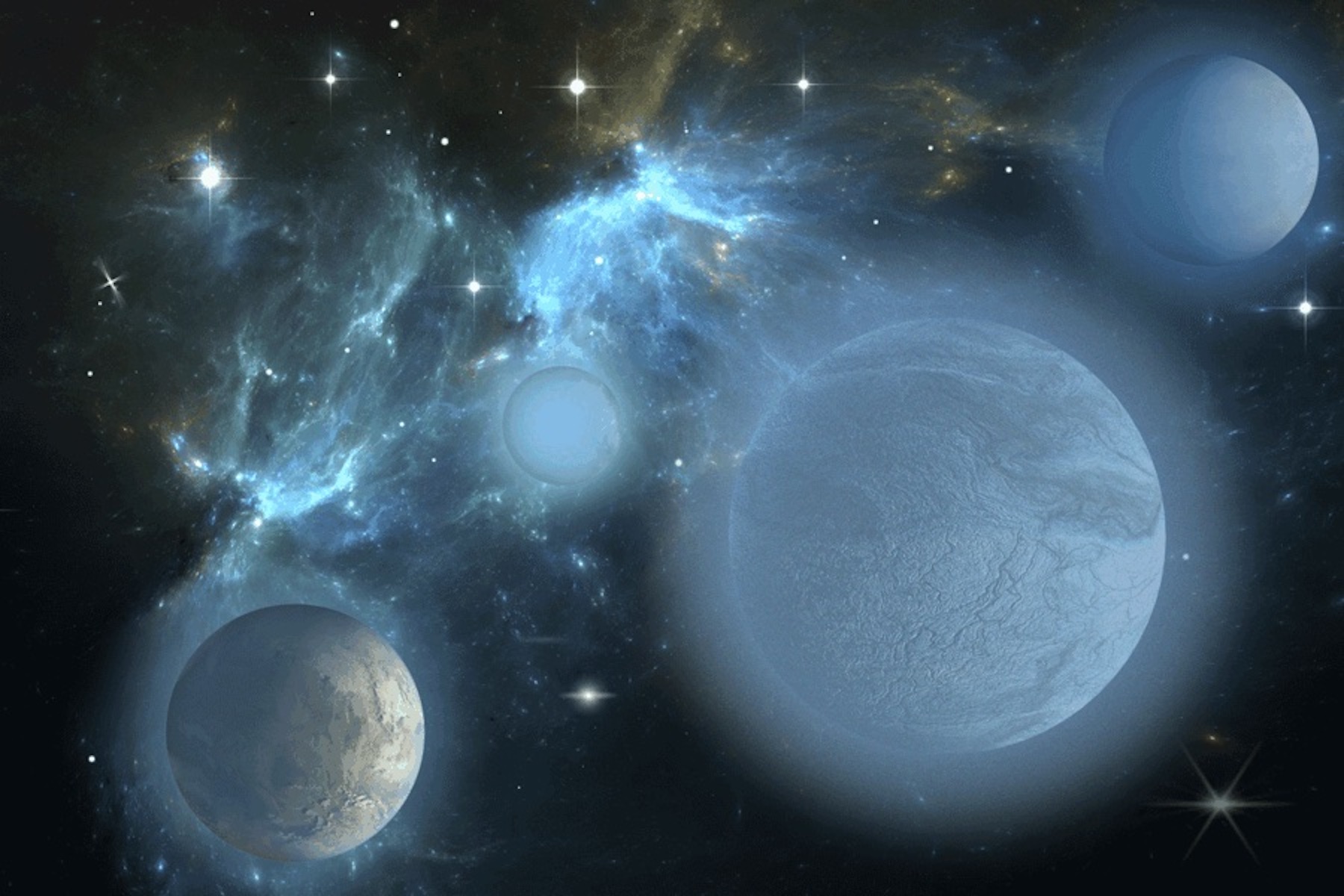Universe Today has examined the potential for sending humans to Jupiter’s icy moon, Europa, the planet Venus, and Saturn’s largest moon, Titan, all despite their respective harsh environments and vast distances. These conversations with planetary science experts determined that humans traveling to these worlds in the foreseeable future could be possible, despite the harsh conditions and travel time, specifically to Titan.
Continue reading “Should We Send Humans to Pluto?”ESA Gives Us a Glimpse of its Future Space Exploration Plans with a Cool New Video
The European Space Agency (ESA) has made incredible contributions to space exploration and space-based science. Last year, the agency launched the Euclid space telescope, which will survey the Universe back to 3 billion years after the Big Bang to measure cosmic expansion and the influence of Dark Energy. After more than a decade of development, the Ariane 6 launch vehicle conducted its first full-scale dress rehearsal, which included an engine fire test. In a recent video, the ESA showcased its plans for the future, which include some new launch vehicles and engine technology.
Continue reading “ESA Gives Us a Glimpse of its Future Space Exploration Plans with a Cool New Video”Hubble Watches an Exoplanet Atmosphere Change Over Three Years
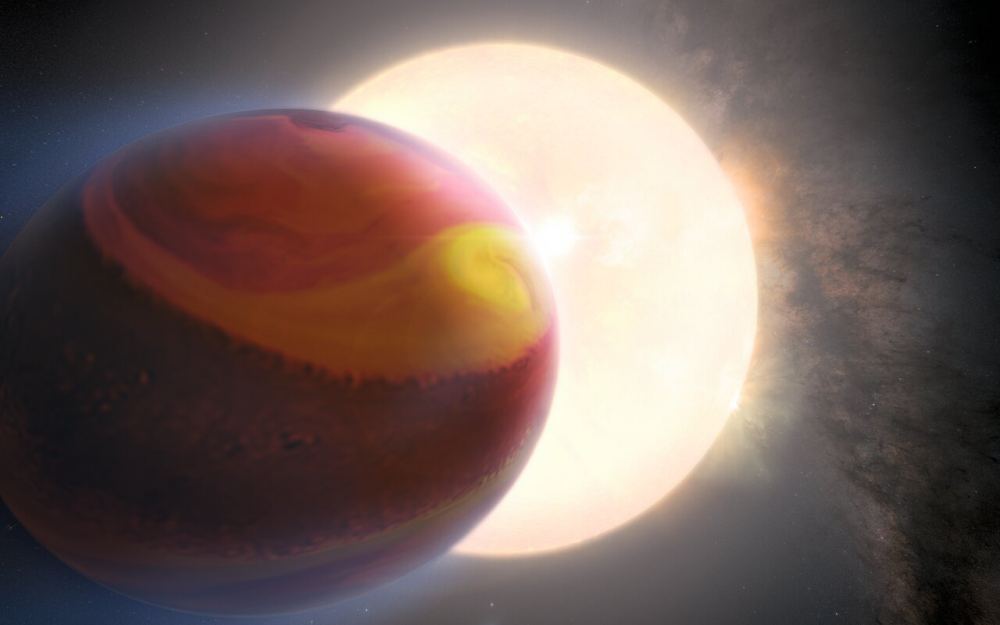
If you want to know more about an exoplanet atmosphere, watch how it changes over time. That’s the mantra of a group of astronomers who just reported on conditions at Tylos, otherwise known as WASP-121 b.
Continue reading “Hubble Watches an Exoplanet Atmosphere Change Over Three Years”GJ 367b is Another Dead World Orbiting a Red Dwarf
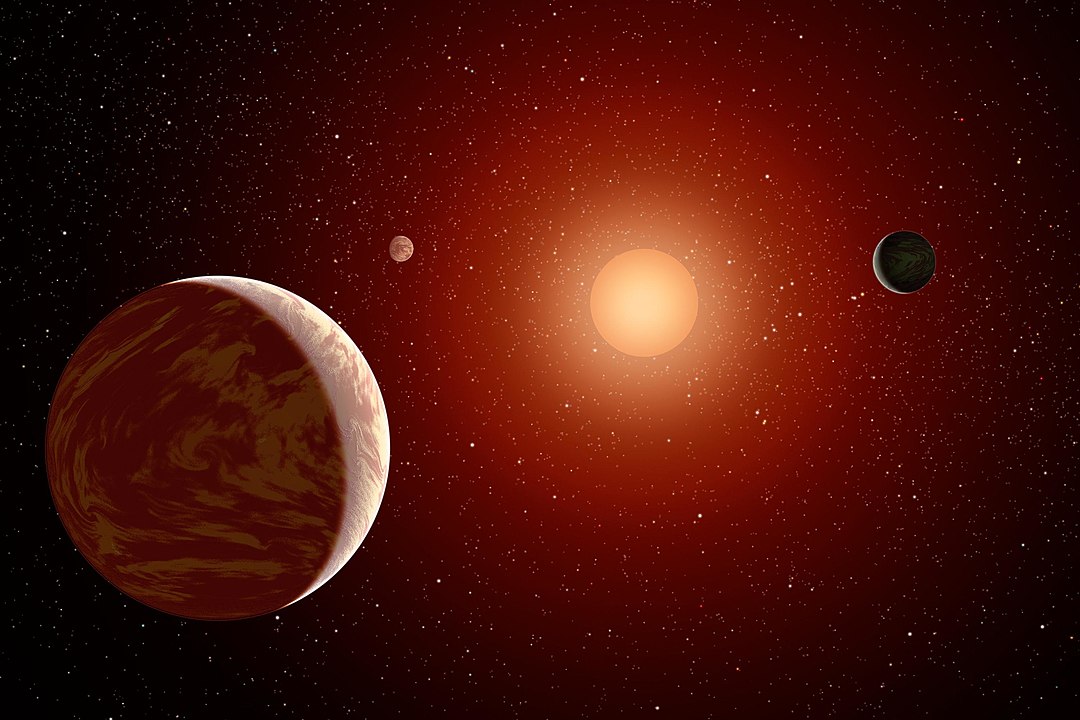
Red dwarf exoplanet habitability is a hot topic in space science. These small dim stars host lots of exoplanets, including small rocky ones the size of Earth. But the little stars emit extremely powerful flares that can damage and strip away atmospheres.
If we’re ever going to understand red dwarf habitability, we need to understand the atmospheres of the exoplanets that orbit them.
Continue reading “GJ 367b is Another Dead World Orbiting a Red Dwarf”Spending Time in Space? Maximize Your Health with this Space Salad

Space exploration carries with it many challengs and one of them is eating, or more accurately the provision of food. During short duration missions then its reasonable to take pre-packaged meals that have been provided from Earth. For long germ missions its a different story, not only will the fearless space explorers crave fresh food its also more of a logistical challenge to take enough food for a trip spanning many years. Researchers have now developed a healthy ‘space salad’ from ingredeints that could be grown in space.
Continue reading “Spending Time in Space? Maximize Your Health with this Space Salad”Do Neutron Stars Have Mountains? Gravitational Wave Observatories Could Detect Them
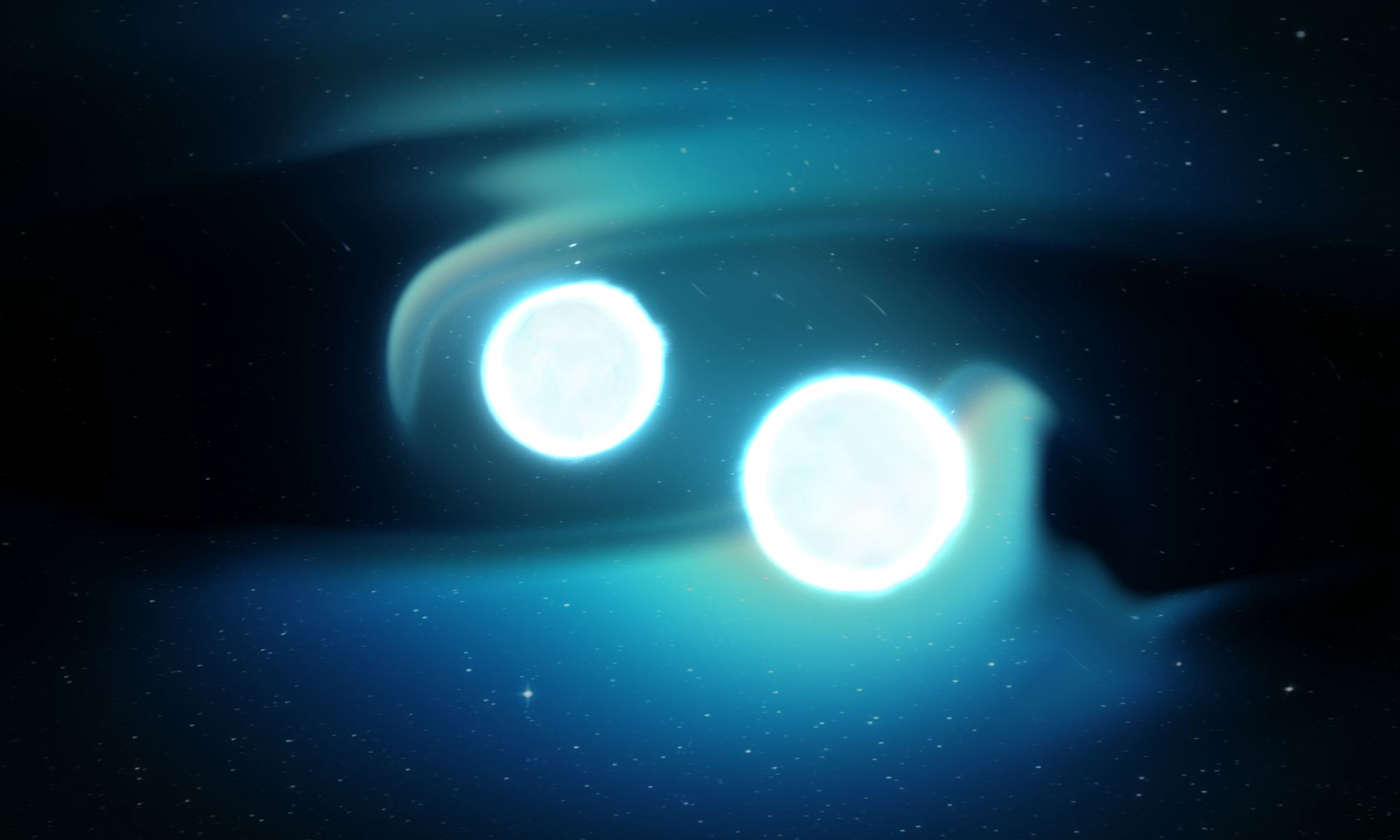
The surface gravity of a neutron star is so incredibly intense that it can cause atoms to collapse into a dense cluster of neutrons. The interiors of neutron stars may be dense enough to allow quarks to escape the bounds of nuclei. So it’s hard to imagine neutron stars as active bodies, with tectonic crusts and perhaps even mountains. But we have evidence to support this idea, and we could learn even more through gravitational waves.
Continue reading “Do Neutron Stars Have Mountains? Gravitational Wave Observatories Could Detect Them”Falcon Heavy Launches Space Force’s Mysterious X-37B Space Plane
Rocket launches seem to have become a bit mundane for many these days yet the odd launch captures peoples imagination. One such launch took place on 29th December when a SpaceX Falcon Heavy rocket carried an uncrewed and autonomous craft into orbit. The configuration of the Falcon Heavy was such that the boosters landed safetly but the central booster was setup as expendable to carry the plane to its heighest altitude yet but its mission remains a mystery.
Continue reading “Falcon Heavy Launches Space Force’s Mysterious X-37B Space Plane”This Globular Cluster is Plunging Toward the Milky Way’s Centre
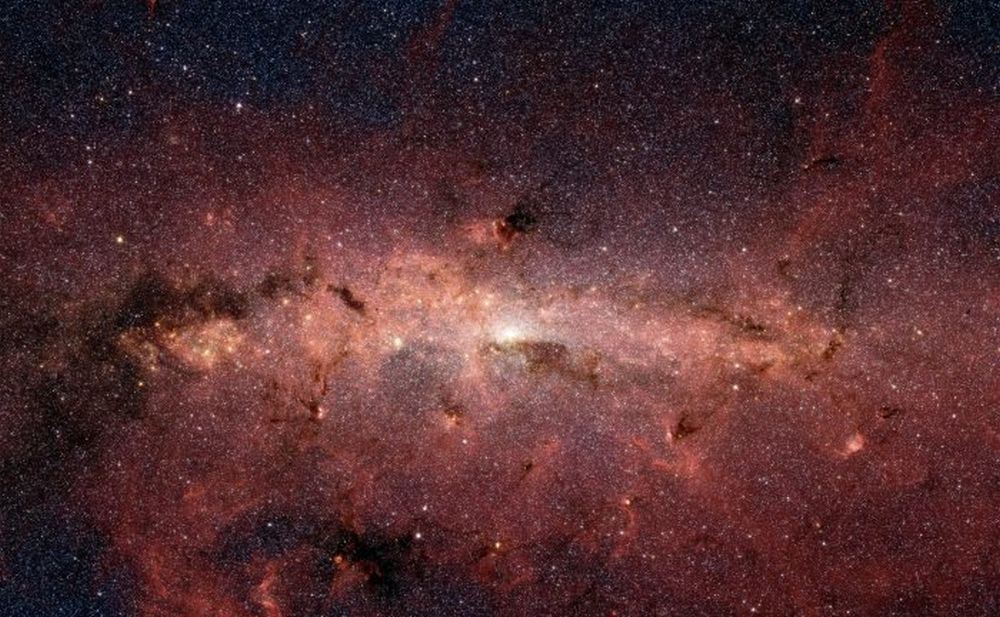
Globular clusters (GCs) are spherical groups of stars held together by mutual gravity. Large ones can have millions of stars, and the stars tend to be older and have lower metallicity. The Milky Way contains more than 200 globulars, possibly many more, and most of them are in the galaxy’s halo, the outer reaches of the galaxy.
But they’re not all in the halo, and astronomers are keen to find ones nearest the galactic centre. Now, researchers have found one GC that’s plunging toward the Milky Way’s Centre.
Continue reading “This Globular Cluster is Plunging Toward the Milky Way’s Centre”Want to Find Life? See What's Missing in an Atmosphere
The world runs on carbon. Not just fossil-fuel-driven human society, but all life on Earth. Carbon-based organic molecules are a part of every living thing on Earth. Along with oxygen, nitrogen, and water, carbon is a necessary ingredient for life as we know it. So one way to look for life on other worlds could be to look for carbon in its atmosphere. But a new study shows that it’s actually a lack of carbon that could be the best clue to life on another world.
Continue reading “Want to Find Life? See What's Missing in an Atmosphere”Astronomers Test an Exoplanet Instrument on Jupiter
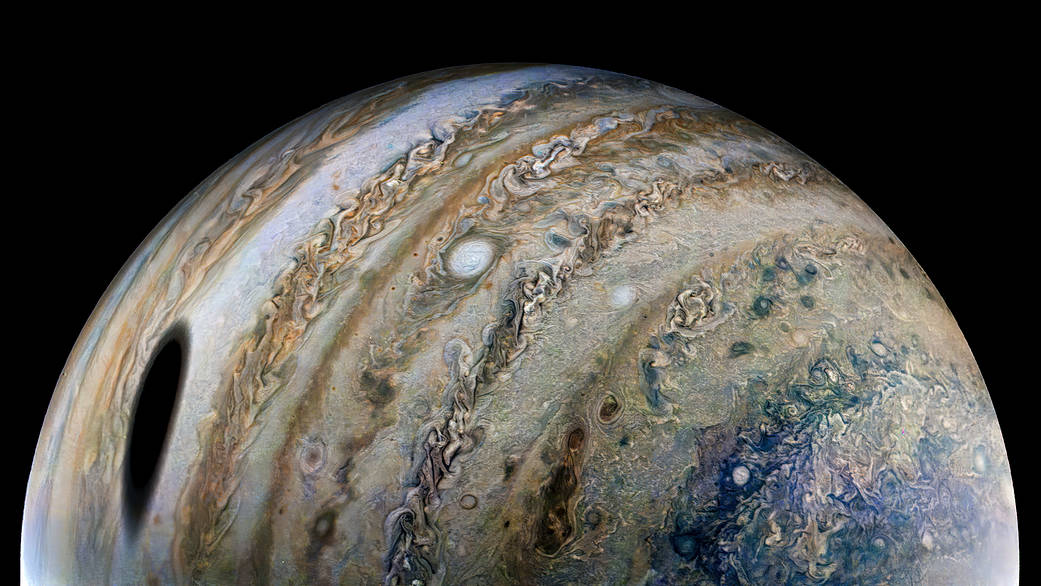
The European Southern Observatory’s Very Large Telescope (VLT) has a high-resolution spectrograph called ESPRESSO, designed specifically to detecting and characterize exoplanets. Astronomers recently ran a test with the instrument, studying the atmosphere and winds of Jupiter. They used a technique called Doppler velocimetry to measure the reflection of light from the Sun in the planet’s clouds, allowing for instantaneous measurement of the clouds’ wind speeds. The technique has also been used on Venus and will guide the future study of exoplanets.
Continue reading “Astronomers Test an Exoplanet Instrument on Jupiter”

